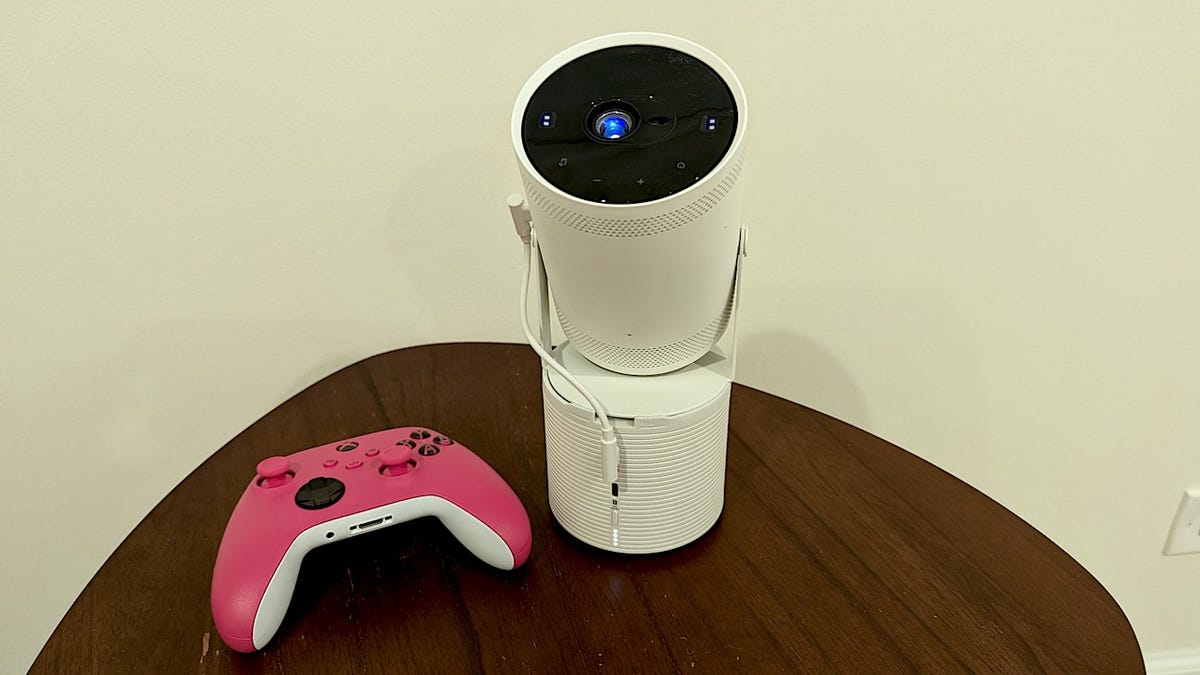BOOK THIS SPACE FOR AD
ARTICLE ADStarlink satellite Internet may soon reach India as SpaceX founder Elon Musk has teased its current status on Twitter. Starlink is a programme started by SpaceX to provide Internet connectivity using a constellation of satellites, the first two of which were launched in February 2018. It is currently available in 14 regions including Australia, Canada, Chile, Portugal, UK, and US, among others. Now, it looks like the Indian market will get to experience this satellite Internet soon.
OnsetDigital (@Tryonset) on Twitter asked Elon Musk when Starlink services will launch in India. Musk replied, “Just figuring out the regulatory approval process.” It looks like plans are underway to bring Starlink to India. The service will allow subscribers to get Internet connectivity via the constellation of SpaceX's mini-satellites. As of now, there is no timeline on when the service will be available in India and how long the regulatory approvals will take.
Starlink is currently in beta in the regions it is available. As part of the beta, there is no download limit and speeds can vary from 50Mbps to 150Mbps. What's interesting is that it has a claimed latency of 20ms to 40ms in most locations. The website states, “As we launch more satellites, install more ground stations and improve our networking software, data speed, latency and uptime will improve dramatically.”
Since these mini-satellites are in Low Earth Orbit (LEO), they are over 60 times closer to Earth than traditional satellites, which is why they deliver lower latency connectivity. Back in November 2018, SpaceX won US FCC approval for 7,000 Starlink satellites and was subsequently met with concerns over these new satellites disrupting the Earth's view of the cosmos and causing issues for astronomers. SpaceX, however, clarified that its Starlink constellation will not affect the view of space.
The Starlink kit includes a Starlink dish, Wi-Fi router, power supply, cables, and mounting tripod. It requires a clear view of the sky to connect and an app, available on iOS and Android, for the setup and monitoring process.
.png)
 3 years ago
199
3 years ago
199 














 Bengali (Bangladesh) ·
Bengali (Bangladesh) ·  English (United States) ·
English (United States) ·